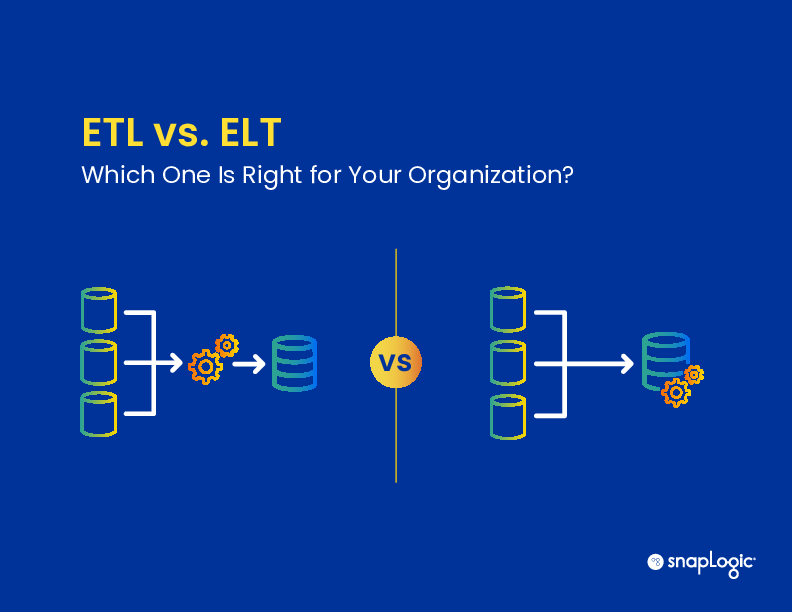

العميل: SnapLogic Inc.
الصيغة: مستند تعريفي
الحجم: 1.31 MB
اللغة: الإنجليزية
التاريخ: 29.03.2024
ETL vs ELT: Which One Is Right for Your Organization?
As part of the data integration workflow, data transformation is the process of preparing, formatting, and joining data for placement in a data repository or data warehouse for analytics. For decades, the data transformation method of choice has been ETL (extract, transform, load). Today, thanks to the rise of new-generation cloud data warehouses, a second option has become popular: ELT (extract, load, transform).
Whether you’re a data practitioner or a technology executive, read on to learn the functional differences between the two processes and explore their respective considerations and use cases to see which one is right for your organization.




